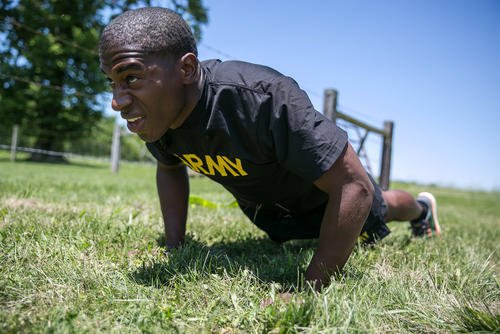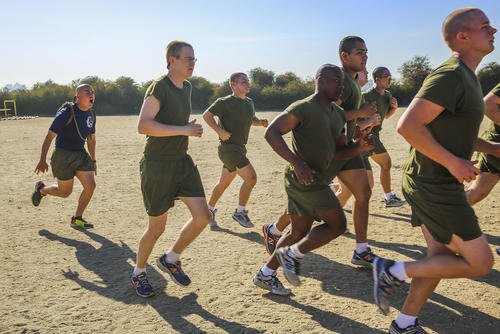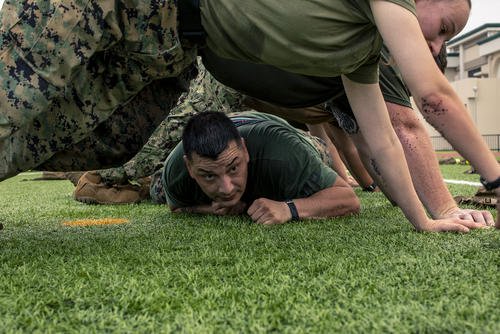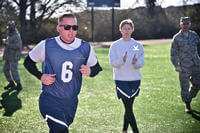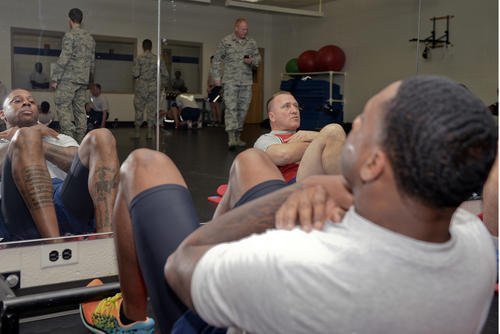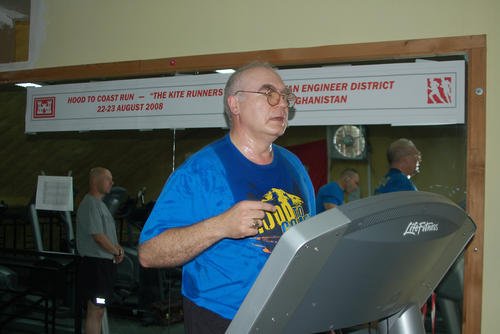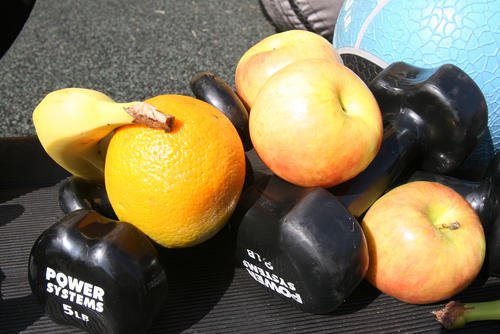If you are dealing with common running injuries such as shin splints, stress fractures or persistent foot and knee pain, supplementing your running with bike workouts is a smart way to maintain fitness while reducing impact.
Many people new to running find themselves in this position. To get the most out of these substitutions, it’s important to match the intensity and structure of your original running workouts. Even if you are not injured and just need some extra cardio without the added impact (to prevent such injuries), the following options can be a game-changer for your training:
Whenever you need to bike instead of run, use the standard replacement time of 10 minutes of biking (at the same intensity) for every mile of running you miss. The key aspect of this ratio is matching the intensity of your running efforts with that of your bike for the many types of running workouts you do on a running plan.
Read Next: Circuit to Improve Pull-Ups: First Strength, Then Muscle Stamina
Here are six ways to substitute biking into your workouts if you are recovering from a running injury:
Replace Running Sprints with Assault Bike Sprints
For planned running sprints, use the assault bike -- which has moving arms and pedals -- to push at maximum power for the same duration. If your running sprints are typically under one minute, mimic this on the bike, then follow with two to three minutes of easy pedaling for recovery.
Test Yourself with Short, Fast Sprints on the Bike
If your sprints are in the 10- to 20-second range, go all-out for that time on the bike. After each sprint, allow yourself enough recovery so your heart rate returns to 90 to 100 beats per minute before starting the next interval.
Go with Interval Workouts on the Bike
If you need to replace Fartlek-type workouts or fast/slow interval training that involves alternating sprint and jog segments, set a timer on your bike for one minute of fast pedaling, followed by one minute of easy pedaling. Continue this pattern for the same total duration you had planned for your running intervals, or use the standard replacement time/effort ratio recommended for your training plan.
Convert Goal Pace Workouts to the Bike
To master a pace for timed running events, observe your heart rate after completing a 400- or 800-yard run at your goal pace. For instance, if you currently run a seven-minute mile but your “goal pace” is a six-minute mile, create running sets at that pace.
So your 400-yard runs should be completed in 1 minute, 30 seconds, and your 800-yard runs would be three minutes. A helpful extra piece of information is to check your heart rate. You can do this using a heart rate monitor or by immediately checking your own pulse for 15 seconds after running. Multiply by four to get a ballpark rate for beats per minute.
Now, on the bike, get your heart rate up to that rate and pedal for the time it takes you to run your workout distance. Typically, these workouts are in 400-yard, 800-yard or 1-mile repeats.
Increase the Bike’s Resistance to Simulate Difficult Running Drills
If you are missing workouts that involve rucking, running in sand or on hills to increase running intensity, you'll need to crank up the bike's resistance to replicate this challenge. Remember, this is not the same as running faster and getting winded quicker; it involves working the lungs and legs in a way that challenges them with every revolution of the bike pedals. Try the Pyramid Model: Increase resistance by one or two levels every minute on the bike. For an extra challenge, try this on the stair-stepper machine.
Zone 2 (Aerobic Base Building) on the Bike
Once again, measure your heart rate while running at a conversational pace. At the point when you can barely still hold a conversation while running without labored breathing, see what the heart rate is. This is your goal heart rate zone when on the bike. Typically, this is not a difficult workout and is meant to be done for longer periods of time. So if you have a 5- to 10-mile run that you need to replace with biking, that will require a 50- to 100-minute bike ride at that conversational heart rate pace. Here are some Zone 2 options.
Give these options a try throughout the week to reduce your total miles of impact, if needed. Whether you are a beginner or have overdone it and are experiencing an injury, these training ideas can help you get through the slow times. By tailoring your bike workouts to reflect your running plan’s intensity and structure, you can maintain your cardiovascular fitness and muscular endurance while giving your body the time it needs to heal from injury.
In fact, you may even come back faster than you were before your injury.
Want to Learn More About Military Life?
Whether you're thinking of joining the military, looking for fitness and basic training tips, or keeping up with military life and benefits, Military.com has you covered. Subscribe to Military.com to have military news, updates and resources delivered directly to your inbox.







